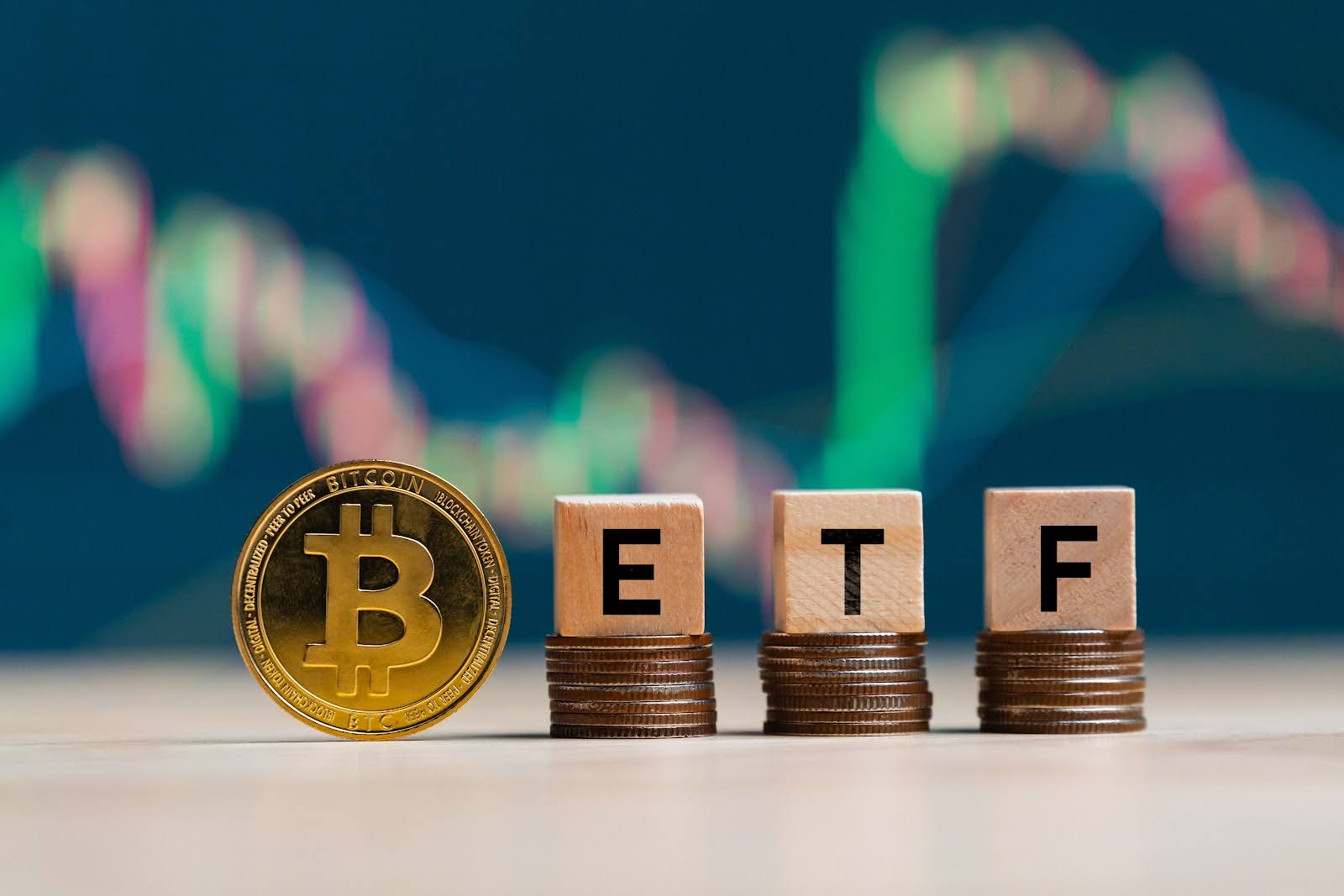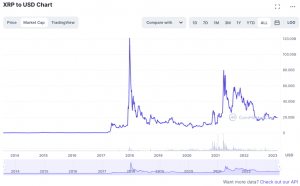Bitcoin Ethereum Etf Inflow Outflow Trends And Impacts
With bitcoin ethereum etf inflow outflow at the forefront, this discussion takes us on a journey through the dynamic world of cryptocurrency ETFs. As these financial instruments continue to gain popularity, understanding their inflow and outflow patterns becomes crucial for both investors and market observers alike.
Bitcoin and Ethereum ETFs have transformed how investors engage with these digital assets, providing a regulated avenue for exposure. By exploring the historical context, current statistics, and future trends of ETF inflows and outflows, we can better appreciate their implications on the broader cryptocurrency market.
Overview of Bitcoin and Ethereum ETFs
Bitcoin and Ethereum exchange-traded funds (ETFs) have become popular investment vehicles for those looking to gain exposure to these leading cryptocurrencies without directly purchasing them. An ETF is essentially a type of fund that holds assets such as stocks, commodities, or cryptocurrencies and is traded on stock exchanges, making it easier for investors to buy and sell shares. In the case of Bitcoin and Ethereum ETFs, the funds track the prices of these cryptocurrencies, allowing investors to speculate on their movements without having to manage the underlying assets directly.Historically, the journey of Bitcoin and Ethereum ETFs has been fraught with regulatory hurdles and market skepticism.
The first Bitcoin ETF proposal was filed in 2013, but it faced numerous rejections from regulatory bodies. It wasn’t until 2021 that the first Bitcoin futures ETF was approved in the United States, marking a significant milestone for the crypto industry. Ethereum ETFs followed suit, gaining approval in various markets, reflecting a growing acceptance of cryptocurrencies by institutional investors.While both Bitcoin and Ethereum ETFs serve similar purposes, they differ in several key aspects.
Bitcoin ETFs focus solely on Bitcoin, which is primarily seen as a digital gold and a store of value. In contrast, Ethereum ETFs encompass Ethereum’s broader utility, including its role in powering decentralized applications and smart contracts. This fundamental difference influences investor sentiment and strategies for each ETF.
Inflows into Bitcoin and Ethereum ETFs
Inflows into Bitcoin and Ethereum ETFs are primarily driven by market demand, regulatory developments, and overall investor sentiment towards cryptocurrencies. Factors such as rising cryptocurrency prices, institutional interest, and macroeconomic trends can significantly impact inflow levels. For instance, when Bitcoin and Ethereum prices increase, they often attract more investors seeking to capitalize on the upward momentum.Recent statistics indicate a surge in inflows for both Bitcoin and Ethereum ETFs, especially during bullish market phases.
For instance, in the first half of 2023, Bitcoin ETFs saw an inflow of approximately $1 billion, while Ethereum ETFs experienced around $500 million in inflows. These figures highlight the growing confidence among retail and institutional investors alike.Investor behavior also plays a crucial role in inflow trends. Many investors view Bitcoin and Ethereum ETFs as a safer way to gain exposure to cryptocurrencies, especially amid increasing regulatory clarity.
This trend indicates a shift in how traditional investors perceive digital assets, with many now integrating them into their portfolios.
Outflows from Bitcoin and Ethereum ETFs

Outflows from Bitcoin and Ethereum ETFs can occur due to various factors, including market volatility, regulatory concerns, and shifts in investor sentiment. Frequent market corrections or negative news surrounding cryptocurrencies can lead to significant outflows as investors seek to minimize losses. Comparatively, Bitcoin ETFs often experience higher outflows than Ethereum ETFs during downturns, primarily because Bitcoin is viewed as a more speculative asset.
For example, during the market correction in mid-2022, Bitcoin ETFs saw a significant outflow of around $600 million, while Ethereum ETFs faced outflows of approximately $200 million. Market events, such as regulatory announcements or macroeconomic changes, can also significantly impact outflow patterns. For instance, negative news regarding a potential Bitcoin ban in a major economy has historically led to sharp increases in outflows from Bitcoin ETFs, while Ethereum ETFs have shown more resilience in similar situations.
Market Impact of Inflows and Outflows
The inflows and outflows of Bitcoin and Ethereum ETFs have a direct correlation with the prices of these cryptocurrencies. Generally, substantial inflows from ETFs can lead to price increases as demand for the underlying asset rises. Conversely, significant outflows often exert downward pressure on prices, reflecting investor reluctance to hold these assets during uncertain times.Furthermore, ETF inflows and outflows can influence overall cryptocurrency market trends.
For instance, when a significant Bitcoin ETF experiences inflows, it might act as a market signal, encouraging more retail investors to enter the market, thereby creating a positive feedback loop. On the other hand, widespread outflows could lead to market panic, triggering sell-offs across the board.The potential long-term effects of sustained inflows or outflows are considerable. Continuous inflows may indicate growing institutional adoption, potentially leading to higher market stability and price appreciation.
Conversely, prolonged outflows could signify waning interest in cryptocurrency investments, potentially leading to market downturns and increased volatility.
Regulatory Considerations

The regulatory landscape surrounding Bitcoin and Ethereum ETFs is continually evolving, impacting investor confidence and market dynamics. In the U.S., the Securities and Exchange Commission (SEC) has been cautious in approving new ETFs, closely scrutinizing their compliance with existing securities laws. This cautious approach can lead to fluctuations in inflow and outflow trends, as investors react to regulatory news.Internationally, the regulatory environment for cryptocurrency ETFs varies significantly.
In countries like Canada and some European nations, more favorable regulations have fostered greater acceptance of cryptocurrency ETFs, resulting in higher inflows compared to the U.S. This regulatory disparity highlights how jurisdictional differences can influence investor behavior and market participation.Looking ahead, potential future regulations could further shape ETF performance. Increased clarity surrounding digital asset regulations might encourage more institutional investment, while stringent rules could deter investment and lead to further outflows.
Future Trends in Bitcoin and Ethereum ETFs
Emerging trends are likely to influence future inflows and outflows in Bitcoin and Ethereum ETFs. One noteworthy trend is the increasing interest in cryptocurrency staking and yield farming, which could lead to the introduction of new ETF products that focus on these strategies. Additionally, the rise of decentralized finance (DeFi) and non-fungible tokens (NFTs) may inspire the creation of innovative ETF products that capture the broader crypto ecosystem.
As these areas gain traction, they could attract new investor demographics and further diversify the market.The role of institutional versus retail investors is also a crucial factor in shaping future ETF dynamics. Institutions are increasingly entering the crypto space, bringing significant capital and expertise that can stabilize and mature the market. In contrast, retail investors often drive short-term volatility but can also contribute to long-term growth by increasing overall market participation.
Case Studies

To illustrate the performance of Bitcoin and Ethereum ETFs, we can analyze notable examples and their historical inflow and outflow trends. Below is a summary table highlighting key metrics related to these ETFs.
| ETF Name | Launch Date | 2023 Inflows (in million USD) | 2023 Outflows (in million USD) | Key Performance Metrics |
|---|---|---|---|---|
| Bitcoin Strategy ETF | October 2021 | 1000 | 600 | 30% YTD Return |
| Ethereum Trust ETF | April 2022 | 500 | 200 | 25% YTD Return |
These case studies demonstrate how specific Bitcoin and Ethereum ETFs have performed over time, reflecting the broader trends and sentiments in the cryptocurrency market. By analyzing inflow and outflow events, investors can better understand market dynamics and make informed decisions in this rapidly evolving landscape.
Summary
In summary, the inflow and outflow trends of bitcoin and ethereum ETFs are not merely numbers; they reflect the evolving landscape of cryptocurrency investment. As we look ahead, these trends will likely shape market dynamics, informing investor strategies and regulatory developments in the months and years to come.
Popular Questions
What are Bitcoin and Ethereum ETFs?
Bitcoin and Ethereum ETFs are exchange-traded funds that track the price of Bitcoin and Ethereum, allowing investors to buy shares and gain exposure to these cryptocurrencies without owning them directly.
How do inflows and outflows affect prices?
Inflows typically indicate increased demand, which can drive prices up, while outflows may suggest selling pressure, potentially leading to price declines.
What factors influence ETF inflows and outflows?
Market sentiment, regulatory news, and macroeconomic factors can all impact investor decisions, leading to increased or decreased inflows and outflows in ETFs.
Are there differences between Bitcoin and Ethereum ETFs?
Yes, while both track different cryptocurrencies, their market behavior, investor interest, and regulatory considerations can vary significantly.
What future trends should investors watch for?
Investors should monitor regulatory changes, the emergence of new ETF products, and shifts in institutional versus retail investment patterns, as these could significantly influence ETF inflows and outflows.


